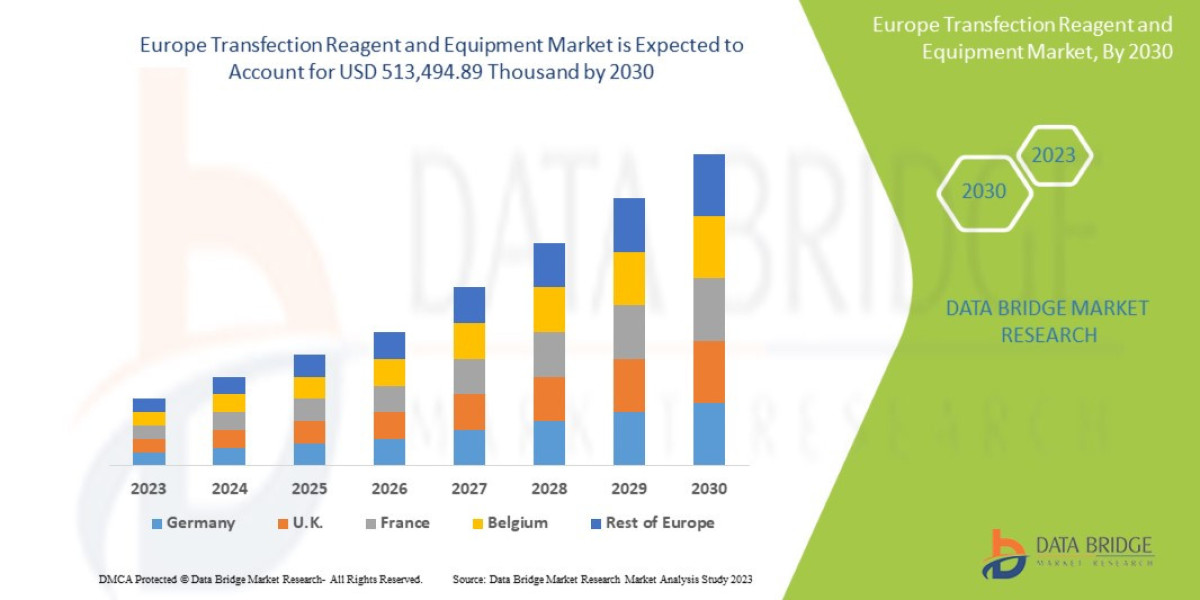In the world of stock market investing, you might have often come across the term "PE Ratio." PE Ratio, also known as Price to Earnings Ratio, is a key metric used to evaluate the valuation of a company's stock. It is an important indicator that helps investors understand how much they are paying for each unit of earnings generated by the company.
Also readPE Ratio Meaning in Hindi
The PE Ratio is calculated by dividing the market price per share by the earnings per share (EPS). It provides insights into how the market values a company's earnings and helps investors assess the relative attractiveness of a stock in terms of its price compared to its earnings.
A high PE Ratio indicates that the market has higher expectations for future earnings growth, while a low PE Ratio suggests that the market has lower expectations or concerns about the company's growth prospects. However, it is essential to consider other factors such as industry dynamics, company fundamentals, and future growth potential before making any investment decisions solely based on the PE Ratio.
PE Ratio is commonly used by investors as a benchmark to compare the valuation of different companies within the same industry or across different sectors. It helps investors identify potentially undervalued or overvalued stocks and make informed investment choices.
It is important to note that PE Ratio is not the only factor to consider when making investment decisions. It is recommended to analyze other financial ratios, such as PEG Ratio (Price to Earnings to Growth Ratio), along with qualitative factors like company management, competitive advantage, and market outlook.
In conclusion, PE Ratio, or Price to Earnings Ratio, is a significant metric used in the stock market to assess the valuation of a company's stock. Understanding the PE Ratio helps investors gauge the market's perception of a company's earnings and make informed investment decisions. However, it should be used in conjunction with other financial and qualitative factors to evaluate investment opportunities comprehensively.








